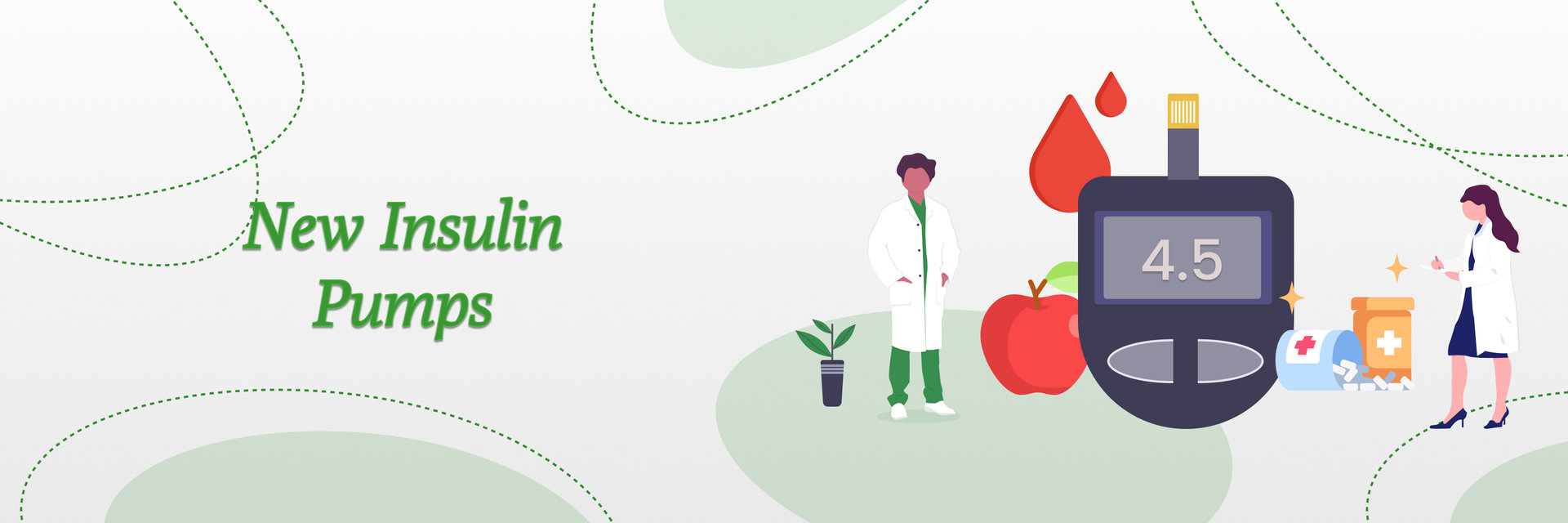Overview
You know that awkward dance everyone does when entering a cleanroom or hospital lab? Balancing on one foot while trying to pull plastic booties over their shoes without touching anything they shouldn't, often dropping the covers on the floor in the process. It's clumsy, time-consuming, and honestly defeats the whole purpose of keeping things clean.
That's where automatic shoe dispensers come in, and they're honestly kind of brilliant. These machines solve a problem that most people didn't even realize was a problem until they experienced the solution. Instead of fumbling with shoe covers manually, you just step into the machine and walk out with properly protected footwear no bending, no touching, no contamination risks.
For facilities where cleanliness isn't just nice to have but absolutely critical for safety and compliance, these machines are becoming essential equipment rather than luxury additions.
Why Traditional Shoe Covers Create Problems
Foot traffic is one of the biggest contamination risks in sensitive environments. Every step brings in dirt, bacteria, chemicals, and particles from outside areas into spaces that need to stay pristine. Hospitals, labs, cleanrooms, and food production facilities spend enormous resources maintaining sterile environments, only to have people walk contamination right through the front door.
Traditional shoe covers seem like the obvious solution, but they create their own set of problems. Touching the covers with your hands, then touching door handles, equipment, or other surfaces spreads whatever contamination was on those covers. People often struggle to get covers on properly, leading to tears, improper fit, or covers that fall off during use.
The manual process also creates bottlenecks during shift changes or busy periods. When dozens of people need to suit up quickly, the entrance becomes a crowded, inefficient mess where people are rushing through safety protocols just to keep things moving.
How Automatic Dispensers Actually Work
Automatic shoe dispensers eliminate the touching and fumbling that compromises traditional shoe cover systems. You step into the machine, it automatically applies protective covering to your footwear, and you walk out ready for the clean environment. The whole process takes seconds and requires zero hand contact with protective materials.
Different systems use various technologies - some apply disposable plastic film that heat-shrinks around your shoes, others use pre-formed booties that get applied automatically, and some use continuous film that creates a custom cover for each user. The specific technology matters less than the result: properly protected footwear without contamination risks.
The speed factor is huge for busy facilities. Instead of each person spending 30-60 seconds struggling with manual covers, the automatic process takes maybe 10 seconds total. During shift changes or peak traffic times, this efficiency improvement prevents crowding and maintains smooth workflow.
Most machines are designed to accommodate different shoe sizes and styles without adjustment, making them practical for diverse workforces. They work with everything from sneakers to work boots, ensuring universal compatibility.
Benefits That Go Beyond Basic Hygiene
Contamination reduction is the obvious benefit, but automatic shoe dispensers solve several other facility management challenges. Compliance rates improve dramatically because the automated process is so much easier than manual alternatives. When following safety protocols is convenient, people actually follow them consistently.
Professional appearance matters more than most facilities realize. Visitors, auditors, and clients notice when organizations invest in advanced hygiene technology. Automatic dispensers signal that cleanliness and safety are genuine priorities, not just compliance checkboxes.
In environments where patients expect high standards and where people actively look to find top doctors and hospitals near you every detail counts.
Cost savings add up over time through reduced waste and better coverage consistency. Manual application often results in damaged covers, improper fit that requires replacement, and waste from dropped or contaminated materials. Automatic systems apply covers more efficiently with less waste.
Worker satisfaction improves when safety protocols don't feel like obstacles. Nobody enjoys the manual shoe cover struggle, especially when they're doing it multiple times per day. Making the process simple and fast reduces frustration and maintains positive attitudes toward safety requirements.
Where These Systems Make the Most Sense
Healthcare environments are natural fits for automatic shoe dispensers. Operating rooms, patient care areas, and laboratory space require strict contamination control, and the machines help maintain standards without slowing down critical workflows.
Pharmaceutical and biotech facilities often have the strictest cleanroom requirements, making automatic systems almost essential for maintaining compliance. The precision and consistency of automated application is difficult to achieve manually.
Food production facilities use these systems to prevent cross-contamination between different areas of their operations. Moving from raw material processing to finished product areas requires footwear protection that automatic dispensers provide reliably.
Manufacturing environments where dust, chemicals, or particles can impact product quality benefit from automated shoe protection systems. Electronics manufacturing, precision assembly, and quality control areas often require pristine conditions that manual shoe covers can't maintain consistently.
Making the Investment Decision
Daily foot traffic volume determines whether automatic dispensers make financial sense. Facilities with dozens or hundreds of daily entries often see quick returns on investment through improved efficiency and reduced waste.
Available space affects installation options, but most automatic dispensers have compact footprints designed for typical doorway areas. Some models mount on walls, others sit on floors, and portable options work for temporary or changing requirements.
Ongoing consumable costs vary by system type and usage volume. Film-based systems, pre-formed booties, and other materials have different cost structures that should be evaluated based on expected usage patterns.
Maintenance requirements differ between systems but are generally minimal for quality equipment. Regular cleaning and occasional part replacement keep most machines running reliably for years.
Simple Technology, Significant Impact
Automatic shoe dispensers represent the kind of simple innovation that solves real problems without creating new complications. They address genuine hygiene challenges while improving workflow efficiency and compliance rates.
For facilities serious about maintaining clean, safe environments, these machines offer practical solutions that benefit everyone involved. Workers appreciate the convenience, managers see improved compliance, and organizations demonstrate commitment to advanced hygiene standards.
The technology continues evolving with better materials, more efficient application methods, and smarter designs that integrate seamlessly into facility operations. What started as a niche solution for specialized environments is becoming standard equipment wherever cleanliness and contamination control matter.
Your facility's hygiene standards deserve solutions that actually work in real-world conditions. Automatic shoe dispensers provide the reliability and effectiveness that manual systems simply can't match.







